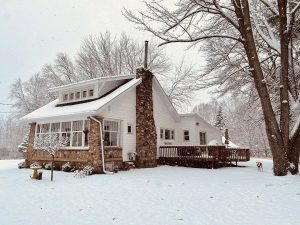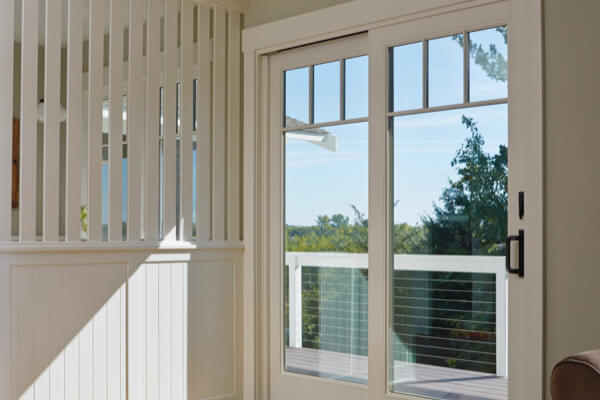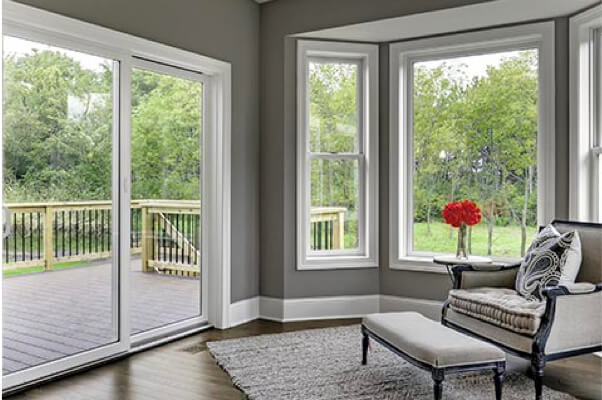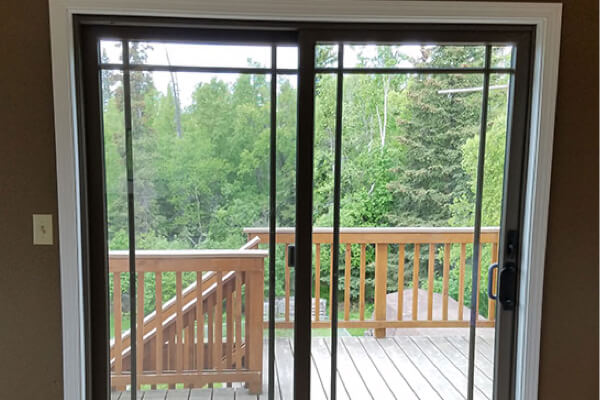There’s no getting around it, winter is here! And while the cold weather may bring with it those fun snowy activities, it also brings about a few problems for your windows and doors. Condensation, swelling, and warping are just some of the common issues you may be experiencing as a result of cold weather. In this blog post, we delve into the rest.

1. Shrinking, Warping, and Cracking
Shrinkage, warping, and cracking are common side effects of extreme temperature changes most often seen in wood products. For example, wooden window frames, doors, and door frames can shrink in extreme cold. In extreme humidity, they can begin to warp or bow. The same can be said for most builder-grade PVC windows and doors although quality PVC windows allow far less structural movement which eliminates these types of issues. Our Fibrex® frames retain their rigidity and stability in all climates and come with a no blister, peel, crack, rot, flake, rust, pit, or corrode warranty.
2. Ice Build-Up
The main reason you should maintain or replace your weatherstripping is because ice tends to form in gaps around doors and windows. When warm, moisture-rich air escapes through these openings, it freezes upon contact with the cold air leaking in. This can make it difficult to open a window or door without damaging the weather stripping, which will only lead to more ice being created.
3. Drafts
Old, poorly fitted or poorly insulated windows and doors most often cause drafts within the home. Adding or replacing weather stripping may help, but in most cases, a new door or window will likely be needed to eliminate the problem.
4. Condensation
Condensation on the inside of your windows during the winter months is often a sign that your windows have good energy efficiency and usually isn’t cause for alarm. Condensation occurs when warm, humid air in your home comes into contact with the cold surface of the window pane. If the condensation appears excessive, you may want to reduce the humidity in your home either by using a dehumidifier, extraction fans, and by ensuring your home is adequately ventilated. If you find condensation or a fogginess developing between the panes on a double- or triple-paned window, it’s likely that a seal has been broken which will need to be repaired.
5. Hardware Failure
All doors and windows have latches, handles, hinges and other operating hardware. When ice or cold weather freezes these parts or shifts the position of your doors or windows, these parts can become damaged or jammed.
Now that you know what to look for, you’re better prepared for what the winter weather may throw at you. If it’s finally time for a new window or door, give us a call or fill out our contact form to schedule a free, no obligation consultation. We’re proud to serve Anchorage, the Mat-Su Valley, Fairbanks, the Kenai Peninsula, and Juno.










